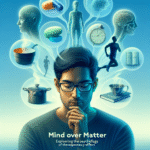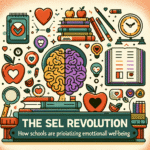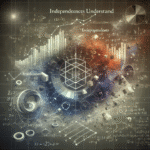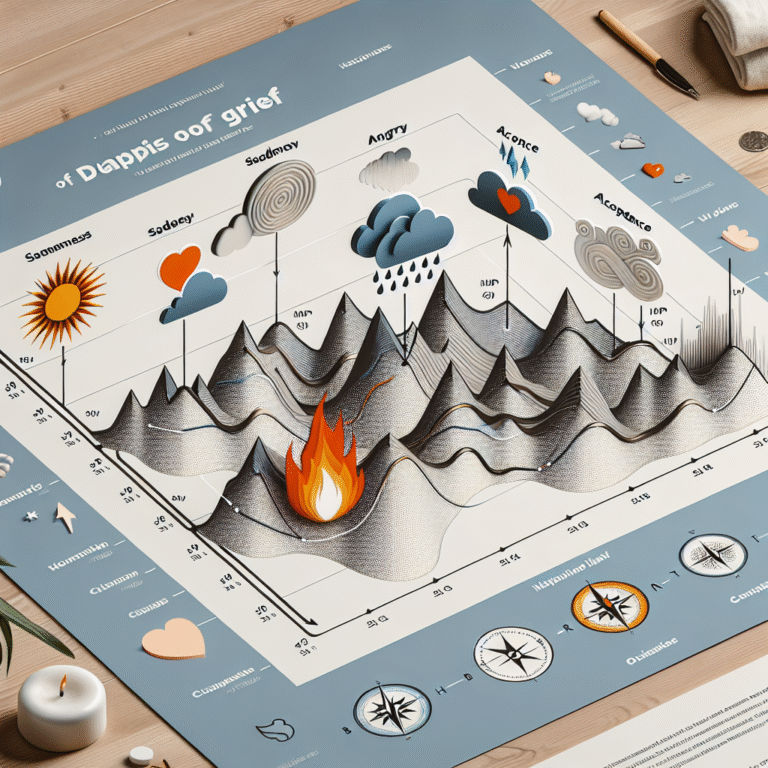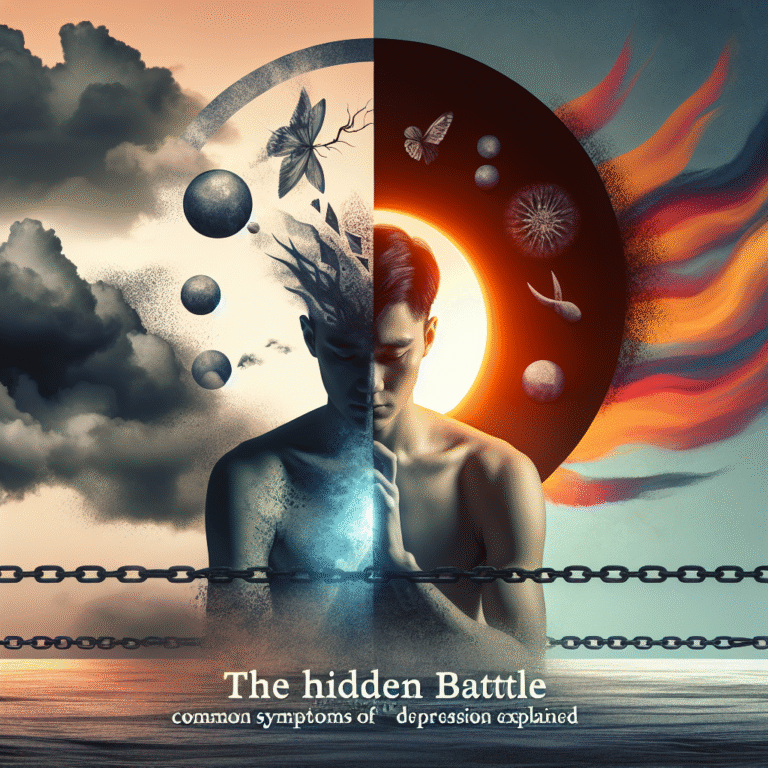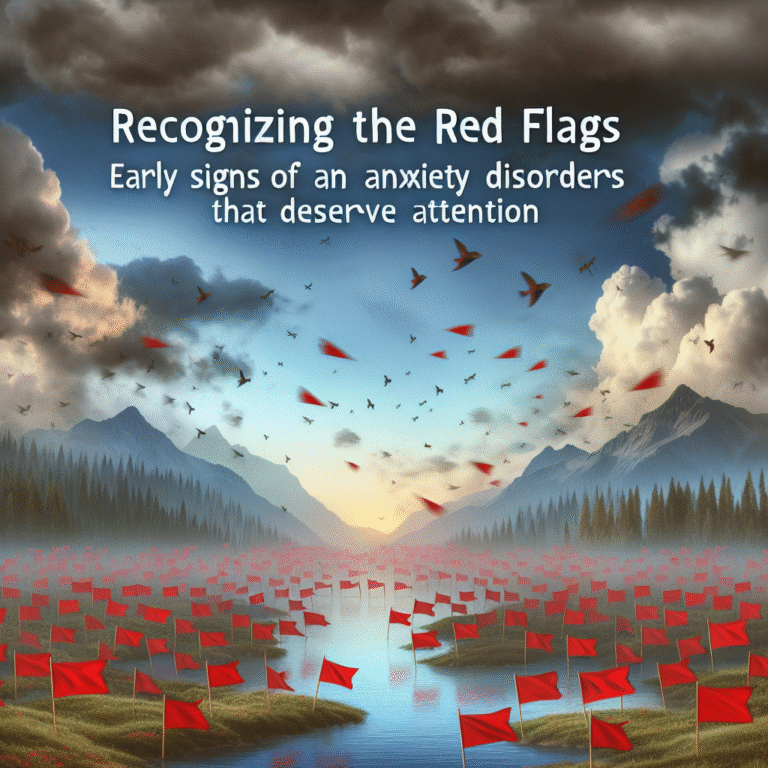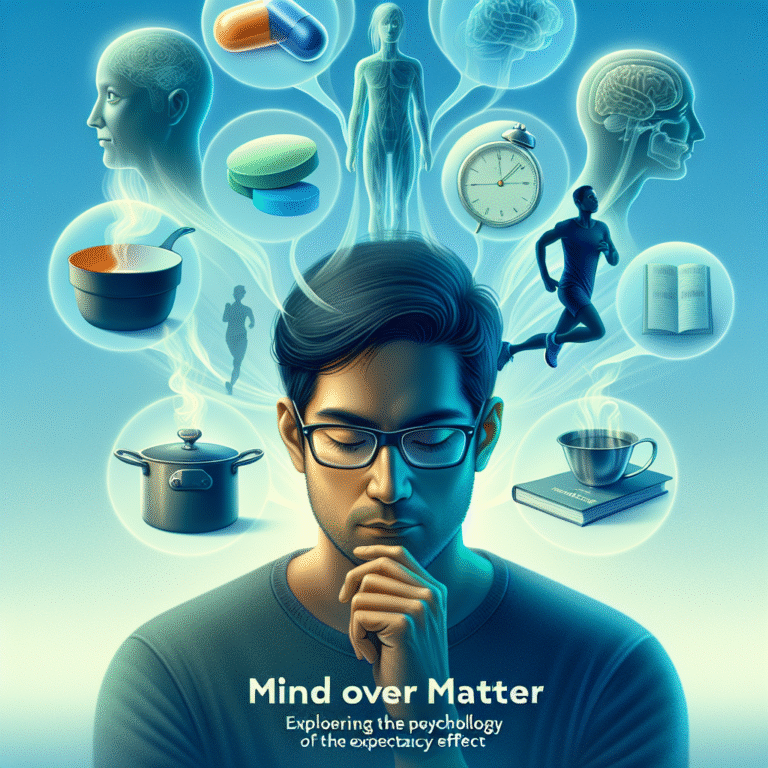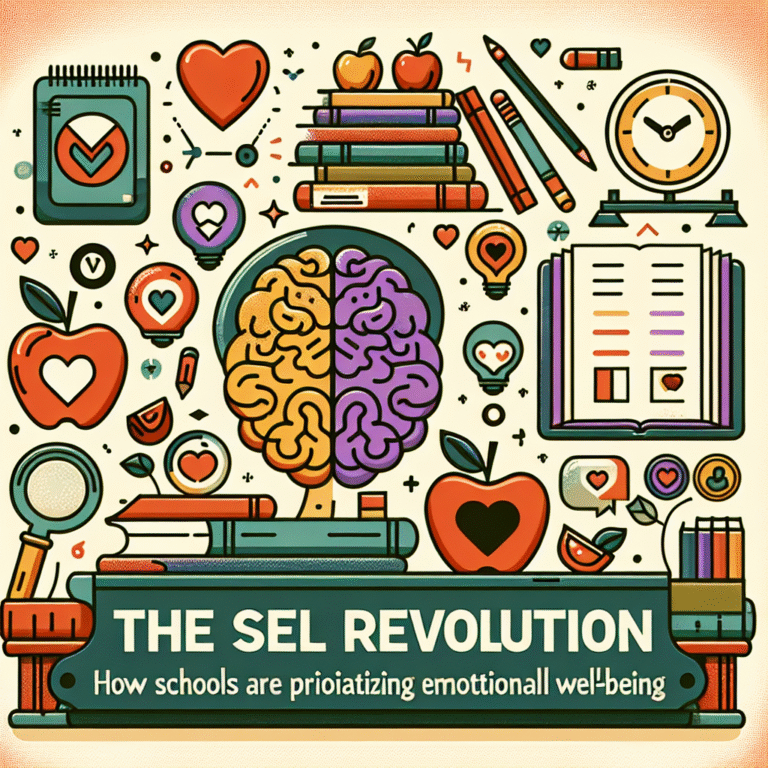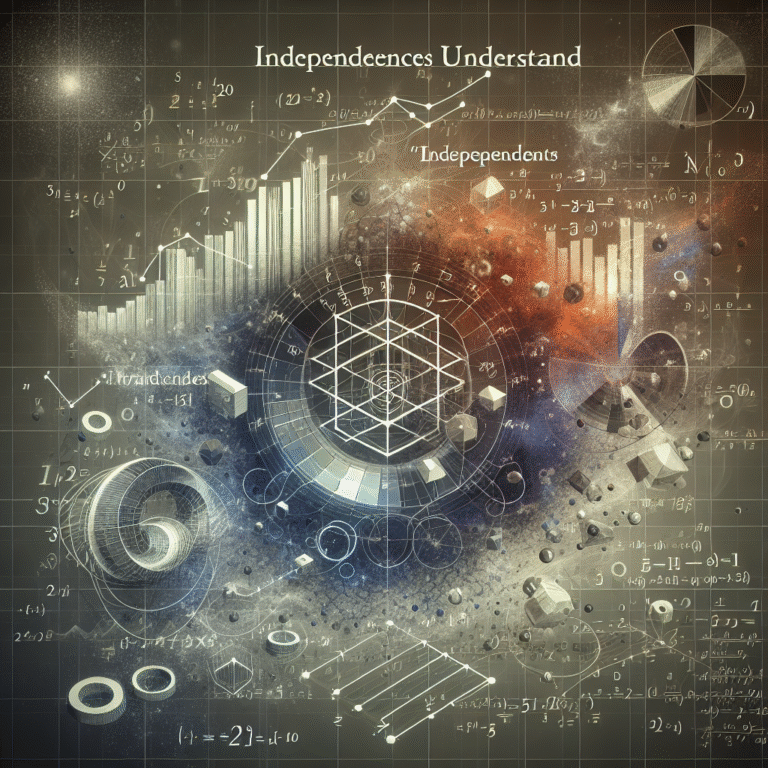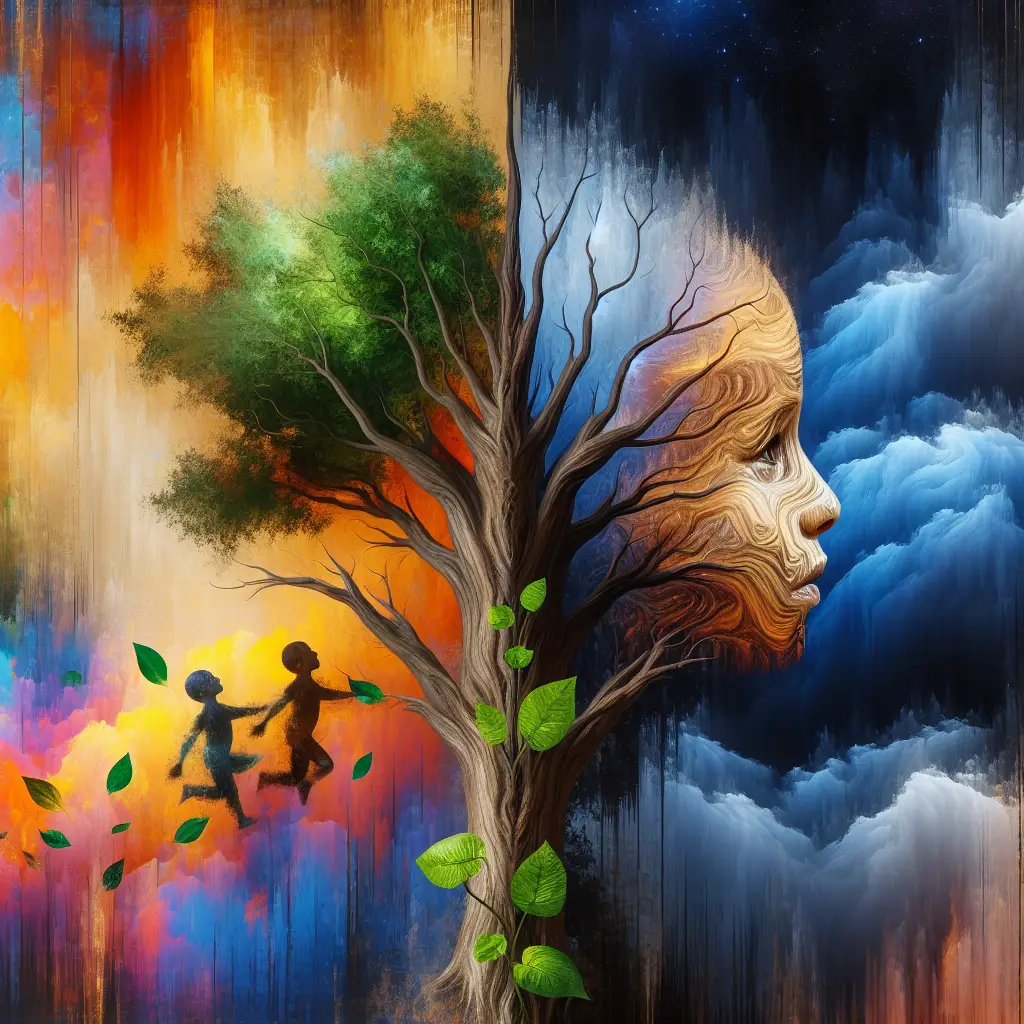
The Hidden Scars: How Childhood Trauma Shapes Adult Mental Health
Introduction
Childhood is often regarded as a time of innocence and exploration, yet for many, it is fraught with chaos, pain, and emotional turmoil. The hidden scars left by childhood trauma are invisible, yet they profoundly shape the adults we become. Recent studies have revealed links between adverse childhood experiences and a range of mental health disorders, prompting an essential conversation: How does childhood trauma manifest in adulthood? Understanding this connection can pave the way for healing, context, and potentially transformative life changes.
In this article, we explore the hidden scars that childhood trauma leaves behind, delving into the profound impact these experiences have on mental health. We’ll look at real-life case studies, backed by research, to illustrate the multi-faceted ways trauma can shape adult behavior, relationships, and emotional well-being.
The Nature of Childhood Trauma
Defining Childhood Trauma
Childhood trauma encompasses a wide range of experiences, from physical and emotional abuse to neglect, abandonment, and exposure to domestic violence. Understanding these challenges is crucial for recognizing how the hidden scars of childhood trauma influence adult mental health.
- Types of Childhood Trauma:
- Acute Trauma: A single, time-limited event (e.g., a serious accident).
- Chronic Trauma: Repeated exposure to traumatic experiences, such as ongoing abuse.
- Complex Trauma: Exposure to varied and multiple traumatic experiences, often over a prolonged period.
The Impact of Trauma on Brain Development
Research indicates that childhood trauma can significantly alter brain development. The AMYGDALA, which is responsible for processing emotions, can become hyperactive in response to trauma, leading to heightened anxiety and stress responses later in life. Additionally, the prefrontal cortex, responsible for rational thinking and impulse control, may not function optimally after traumatic experiences, which can manifest as behavioral issues or emotional dysregulation.
Table 1: Effects of Childhood Trauma on Brain Development
| Area of the Brain | Potential Impact |
|---|---|
| Amygdala | Increased anxiety, fear response |
| Prefrontal Cortex | Impaired decision-making, emotional regulation |
| Hippocampus | Memory issues, difficulties in learning |
How Childhood Trauma Shapes Adult Mental Health
The Emotional Toll
Adulthood is often characterized by increased responsibilities and societal expectations, making the emotional toll of unresolved childhood trauma even more complex. Individuals may struggle with feelings of unworthiness, fear of abandonment, or pervasive anxiety related to their early experiences.
Case Study 1: Sarah’s Journey
Sarah experienced emotional neglect during her formative years. Although her parents met basic physical needs, they were emotionally unavailable, leading her to develop deep-seated issues with self-esteem. In adulthood, Sarah found herself in unhealthy relationships, often feeling like she needed to earn love and validation. Through therapy, Sarah began to unravel the hidden scars of her past, gaining insight that her worthiness was inherent, not conditional on external validation.
Analysis
Sarah’s case emphasizes how the hidden scars of childhood trauma can influence adult relationships, particularly regarding attachment styles. By addressing these early experiences, Sarah has been able to foster healthier connections.
Behavioral Manifestations
Often, the effects of childhood trauma extend into behavioral issues such as addiction, self-harm, or unhealthy coping mechanisms. Adults with unresolved trauma may turn to drugs, alcohol, or other harmful behaviors as a means of escape.
Case Study 2: Mark’s Battle
Mark grew up with an alcoholic father, exposing him to chronic stress and emotional instability. As an adult, he developed an addiction to alcohol, using substances to numb the pain from his childhood. With professional help, Mark began to understand how his addiction was not merely a bad habit but a maladaptive strategy born from early trauma.
Analysis
This case illustrates how the hidden scars of childhood trauma can lead to addiction and self-destructive behaviors. Recognizing this connection is vital for recovery, focusing therapy on addressing root causes rather than just symptoms.
The Relationship Between Trauma and Anxiety Disorders
Adverse childhood experiences (ACEs) are strongly linked to various anxiety disorders in adulthood. Individuals often find themselves in a constant state of hyperarousal, leading to chronic anxiety, panic attacks, and even PTSD.
Case Study 3: Laura’s Anxiety
Laura’s early experiences of bullying and emotional abuse left her with a pervasive sense of anxiety. She found herself constantly battling panic attacks, particularly in social situations. With therapy focusing on trauma-informed care, Laura began to rebuild her sense of safety and trust, managing her anxiety with new coping strategies.
Analysis
Laura’s experience underscores the hidden scars of childhood trauma and their manifestation as anxiety disorders, emphasizing the need for trauma-informed therapeutic approaches to effectively manage these conditions.
Impacts on Relationships and Social Interactions
The scars of childhood trauma can significantly affect adult relationships, often creating cycles of dysfunction. Trust issues, fear of intimacy, or a propensity to attract abusive partners can all stem from unresolved childhood trauma.
Case Study 4: David’s Relationships
David, whose parents endured a turbulent divorce, often struggled with commitment in his own relationships. Fearful of abandonment, he would push partners away, replicating a cycle of loss and regret. Through guided therapy, he learned to identify his fears and began to develop healthier communication patterns.
Analysis
David’s journey illustrates how the hidden scars of childhood trauma can impact adult relationships, often leading to inherited patterns of behavior. Addressing these patterns is crucial for fostering lasting, healthy connections.
The Path to Healing: Addressing the Hidden Scars
Therapeutic Approaches
- Cognitive Behavioral Therapy (CBT): Helps individuals understand the links between trauma, thoughts, emotions, and behaviors.
- Eye Movement Desensitization and Reprocessing (EMDR): A specialized technique that helps individuals process and integrate traumatic memories.
- Mindfulness and Meditation: Techniques to help individuals connect with the present moment, reducing the impact of anxiety and trauma-based responses.
- Group Therapy: Provides support from others with similar experiences, promoting healing through shared understanding.
Self-Help Strategies
- Journaling: Writing thoughts and feelings can provide insight into unresolved issues linked to childhood trauma.
- Building a Support Network: Connecting with understanding friends or groups can be crucial for coping.
- Healthy Lifestyle Choices: Nutrition, exercise, and sleep can have a significant impact on resilience.
Conclusion
The hidden scars of childhood trauma profoundly affect adult mental health, influencing emotional responses, behaviors, and relationships. However, by recognizing and addressing these hidden wounds, individuals can embark on a path to healing and emotional resilience.
Understanding the hidden scars: how childhood trauma shapes adult mental health empowers us to foster a culture of acceptance and support, promoting healing for those who have endured the ramifications of early suffering. If you’re navigating your own journey of healing, remember: you are not alone, and transformation is always possible.
FAQs
1. What are some common signs of childhood trauma in adults?
Common signs include anxiety, depression, relationship issues, low self-esteem, difficulty with trust, and potential addiction problems.
2. Can childhood trauma be healed?
Yes, through therapeutic interventions and support, individuals can work to process and heal from childhood trauma.
3. Are there specific therapies recommended for childhood trauma?
Therapies such as CBT, EMDR, and trauma-informed care are commonly recommended to help individuals process their experiences.
4. How can loved ones support someone with childhood trauma?
Listening without judgment, encouraging therapy, and being patient can significantly help support someone working through their trauma.
5. Can I overcome the effects of childhood trauma on my own?
While self-help strategies can be beneficial, professional support is often crucial for healing deeply entrenched trauma.
These insights allow for a greater understanding of the hidden scars: how childhood trauma shapes adult mental health. Healing is not a linear journey, but an essential and achievable goal.
